Sometimes a little explanation helps for the wow effect. 💡😊
For example …
Adaptive Lighting
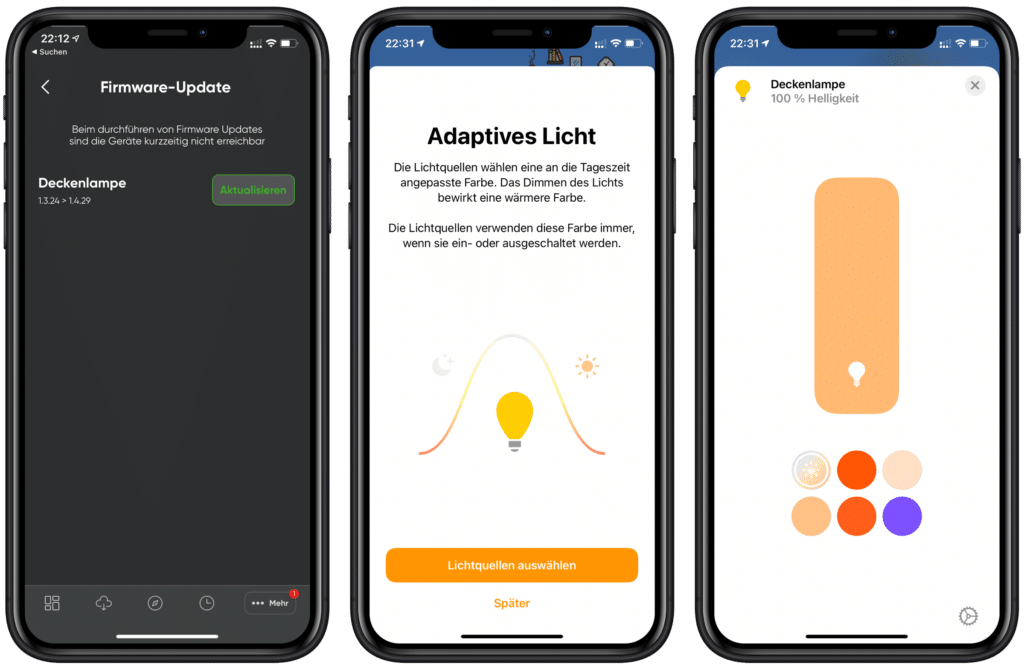
The Adaptive Light feature was first introduced with the iOS 14 software updates in September 2020. This feature allows Apple’s HomeKit Smarthome software to automatically adjust the color temperature of supported Smarthome lamps throughout the day. So you get warm yellows at sunrise in the morning, cool whites at noon, and softer yellows at sunset in the evening – all automatically.
AirPlay 2
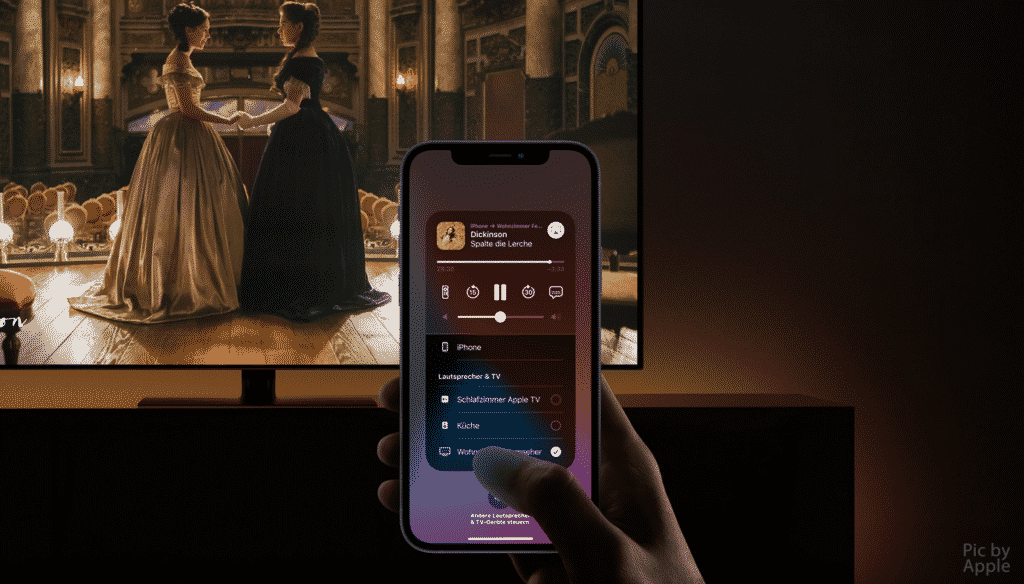
AirPlay lets you wirelessly share videos, photos, music, and more from Apple devices through your Apple TV, speakers, and corresponding smart TVs. Leading TV manufacturers are already integrating AirPlay 2 directly into their TVs. So now you can easily share or mirror pretty much anything from your iOS device or Mac via your AirPlay 2 enabled Smart TV. You can even play music on your TV and sync it with other AirPlay 2 compatible speakers in your home.
Geofencing

Geofencing describes the triggering of an action, by crossing a virtual boundary. Geofencing can be used to trigger location-based automations, for example, when you or a family member leave or enter the home. This allows you to set lights, door locks, heating, etc. without your intervention. Apple provides information here about privacy and location services in iOS and iPadOS.
Matter
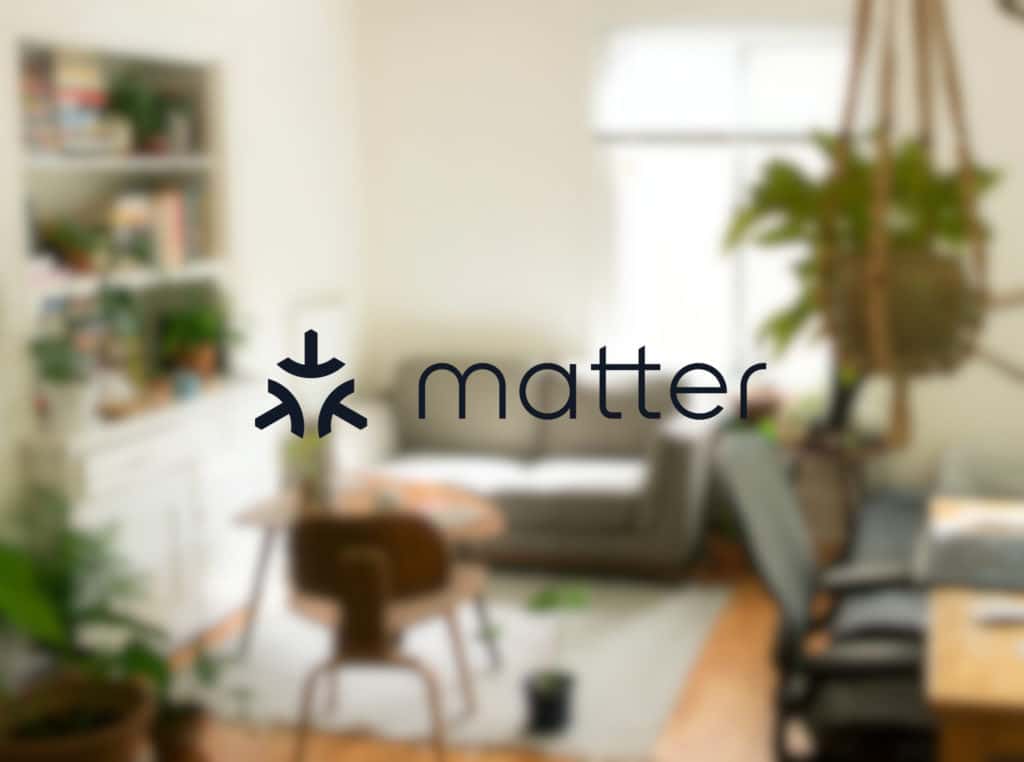
Finding the right smart home device is not exactly easy. You have to ask yourself a few questions before you buy: Does the device support my preferred smart home platform? How is the device integrated? Do I possibly even need an additional hub? But device manufacturers also have to ask themselves some questions when developing new devices: On which smart home platforms should the device run? How can I support multiple platforms at the same time? What certifications do I need for this?
The new Smart Home Standard Matter aims to answer all these questions and more. All major smart home platforms are supported, i.e. Apple HomeKit, Amazon Alexa, Google Assistant and more. The devices communicate via the Internet protocol. Bluetooth is used for setup, then data-saving devices rely on Thread and high-volume devices rely on WiFi or a direct LAN connection.
In addition, Matter can be integrated into multiple smart home systems simultaneously. If you prefer Apple HomeKit yourself, another resident can control one and the same device at the same time via Amazon Alexa. More details in our article.
Mesh network
A mesh network is a wireless local area network consisting of several components. By connecting and jointly controlling the components (base and satellites) from the terminals located in the “mesh area”, it is seen as a unified network and is thus intended to ensure the widest possible coverage of reception.
Secure Video – Secure HomeKit Video
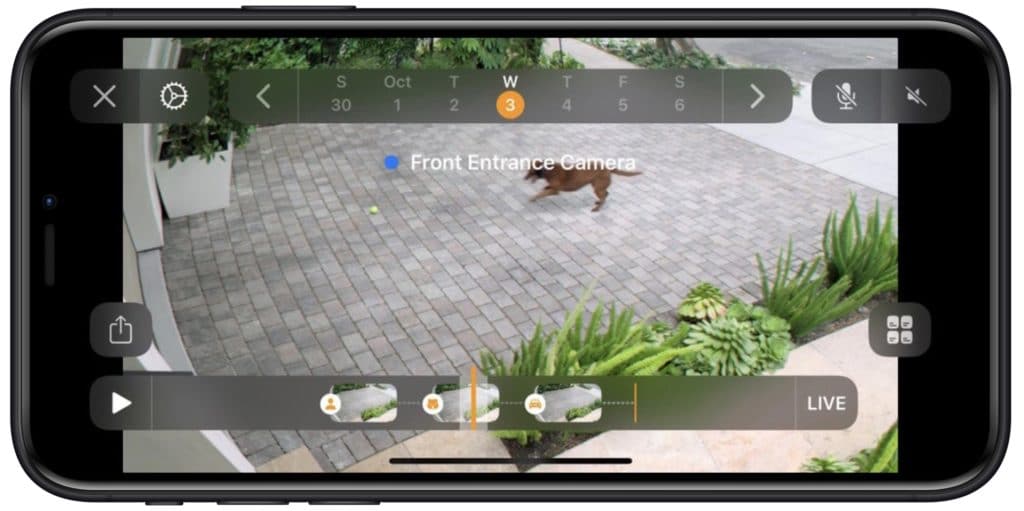
HomeKit provides a secure and private end-to-end mechanism to record, analyze, and view clips from HomeKit IP cameras without exposing this footage to Apple or third-party vendors. The videos of the past ten days will be stored in iCloud, but without counting towards your iCloud storage. The feature is only available in conjunction with a paid iCloud storage plan. Details in this post from us. Apple further describes on the topic, security of HomeKit cameras and “HomeKit Secure Video” use.
Home Hub – Control Center
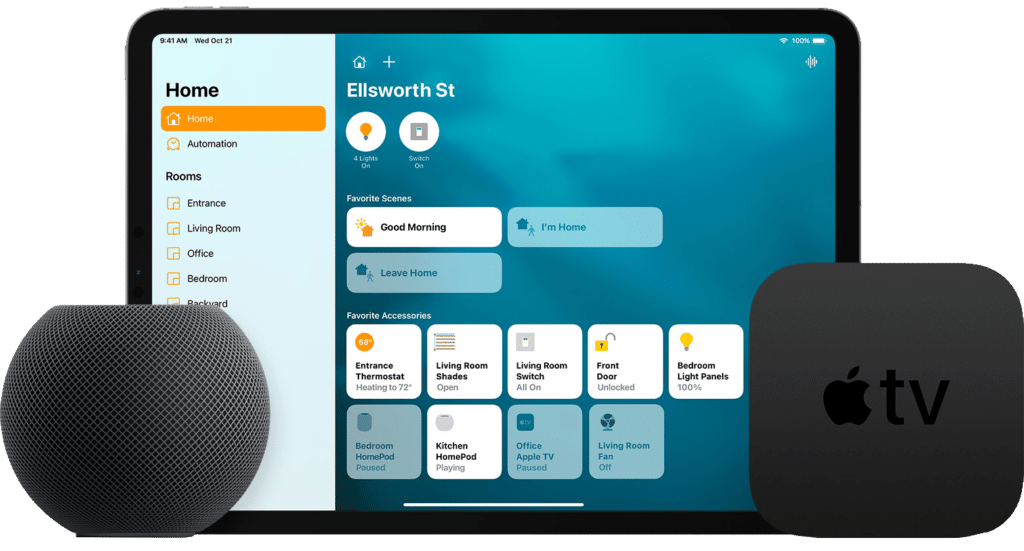
With a control center, you can remotely control and automate devices in your home. Any Apple TV (4th generation) and HomePod in your home can act as a HomeKit control center. Apple writes for this purpose HomePod, HomePod mini, Apple TV or iPad set up as a control center.
Thread
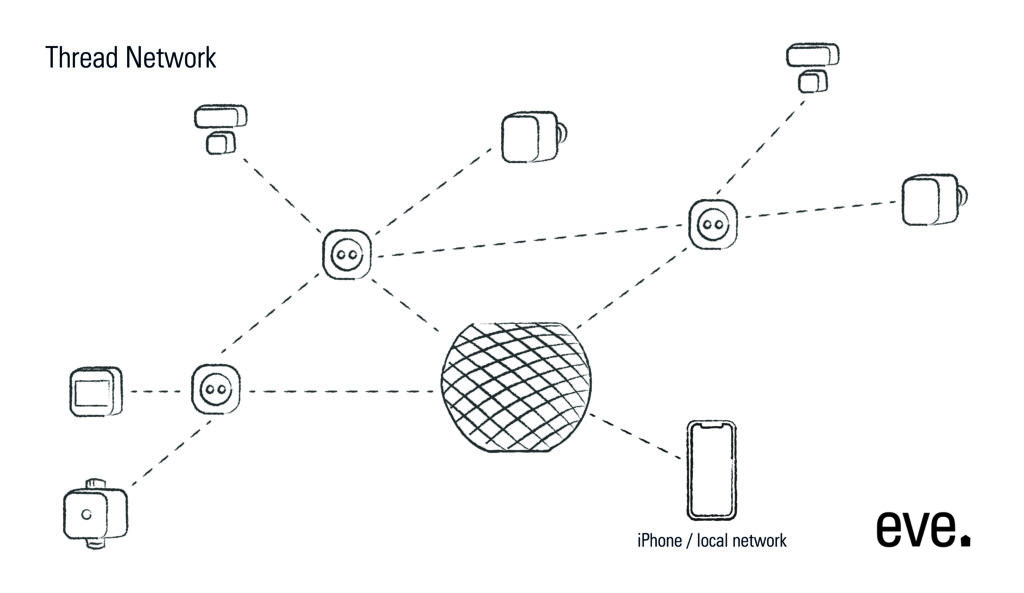
The Thread radio standard is characterized by a reliable and fast connection that is also very power-efficient. In addition, permanently powered Thread can also relay the signals, increasing the range. Thread does not require an extra bridge, as is the case with Philips Hue or Aqara. Instead, the devices connect to each other and communicate with the outside world via the Border Router, which is a Thread home hub.
Thread is secure: The wireless technology has built-in security at the network layer that authenticates devices before they join the network and uses MAC encryption for data on the network.
Long range: Thanks to mesh technology, Thread that act as routers can also forward data packets to other devices. Thus, Thread do not need to be directly connected to a hub.
Particularly reliable: If a node fails, the Thread simply heals itself and another device takes over.
Energy-saving: Thread has very low power consumption and is more energy-saving than Bluetooth. This also allows the use with devices that are powered by a battery.
Future-proof: Admittedly, this point is very technical. In short, Thread is application layer independent. This means product manufacturers can choose the application layer that makes the most sense for their use case and change that after the fact. For users, this means that products have a longer lifespan.
Building block of Matter: Thread is a central building block of Matter and is used in the new Smarthome standard for all data-saving devices.
This article will be updated continuously.


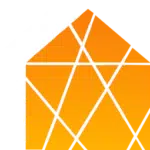

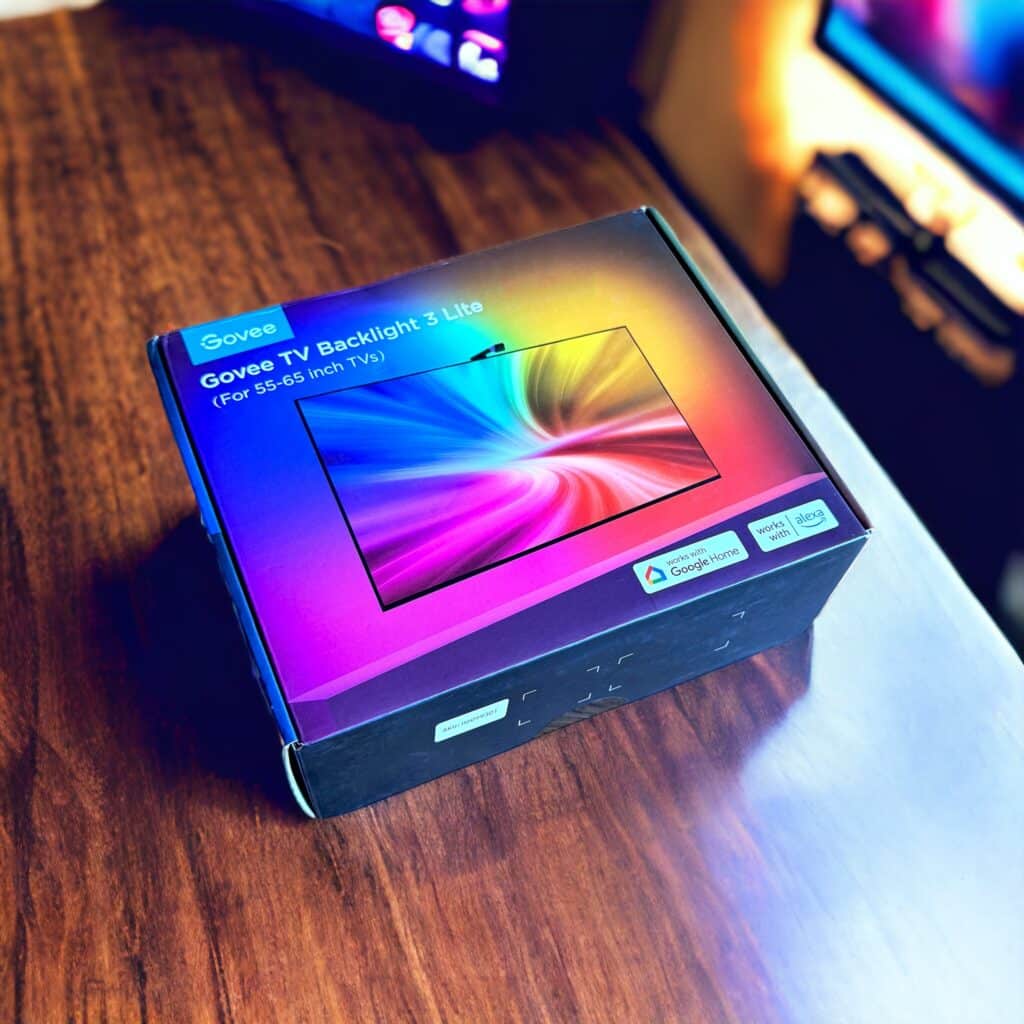
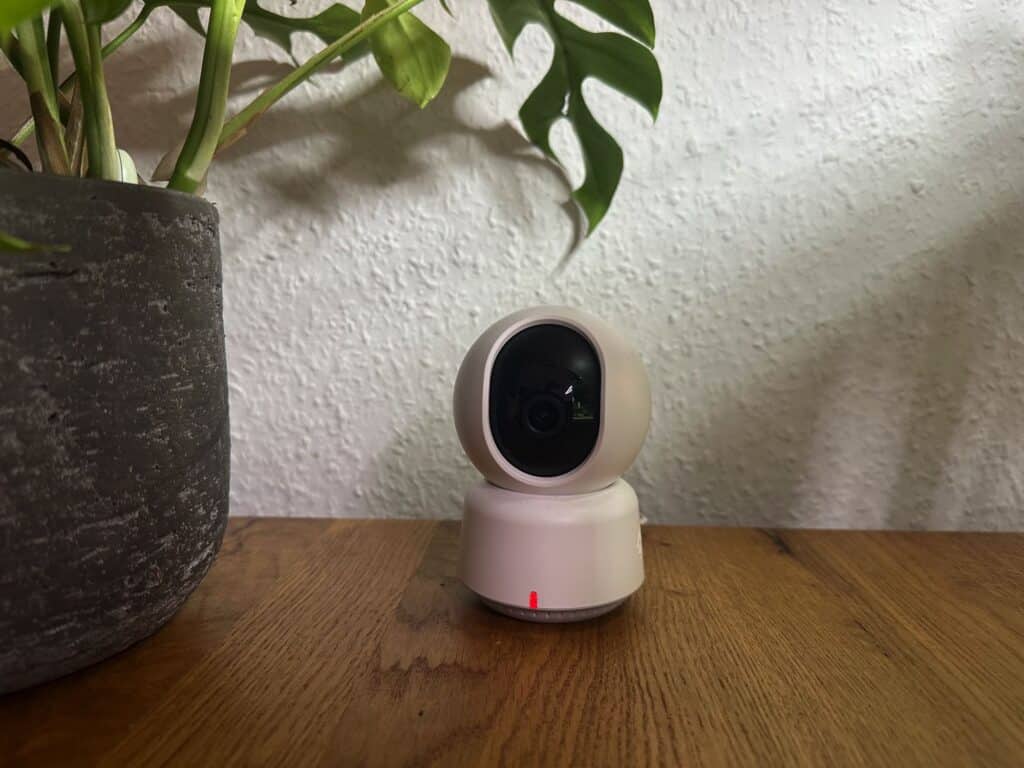
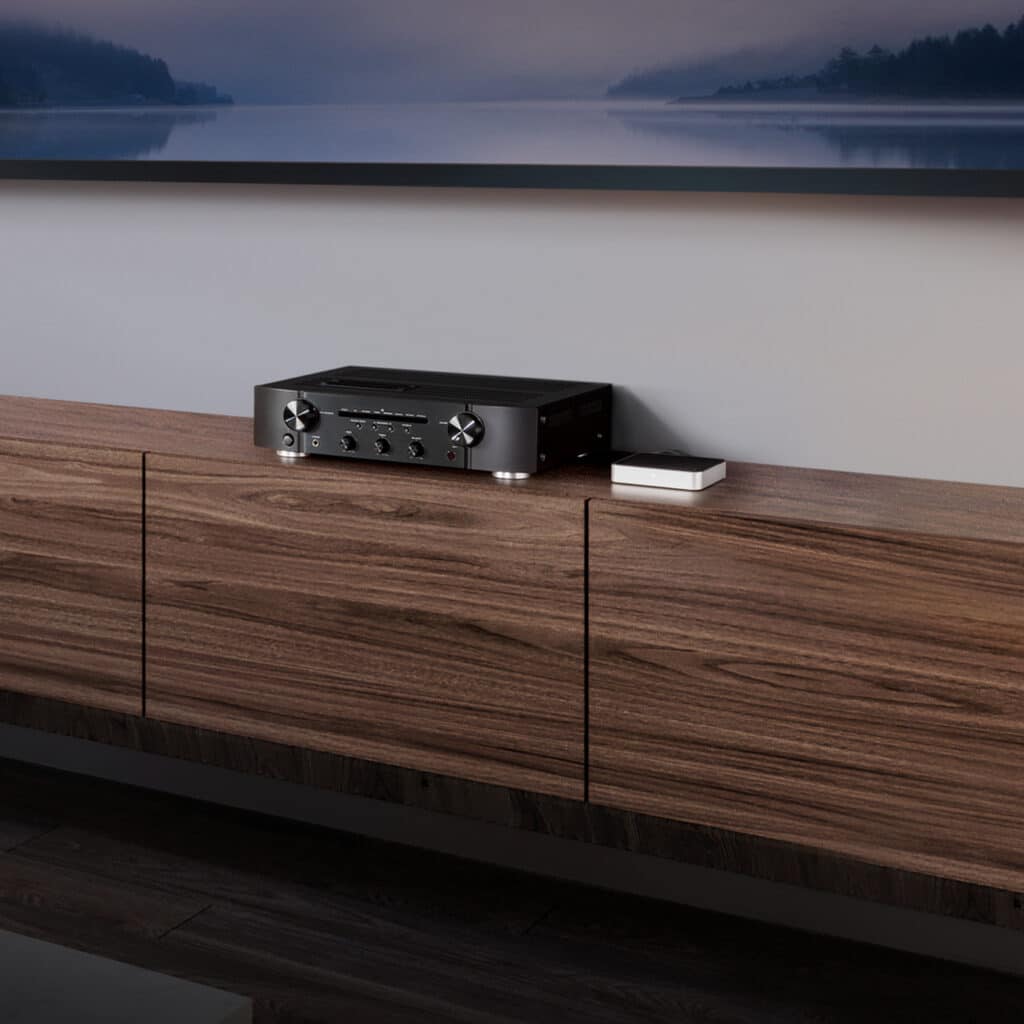
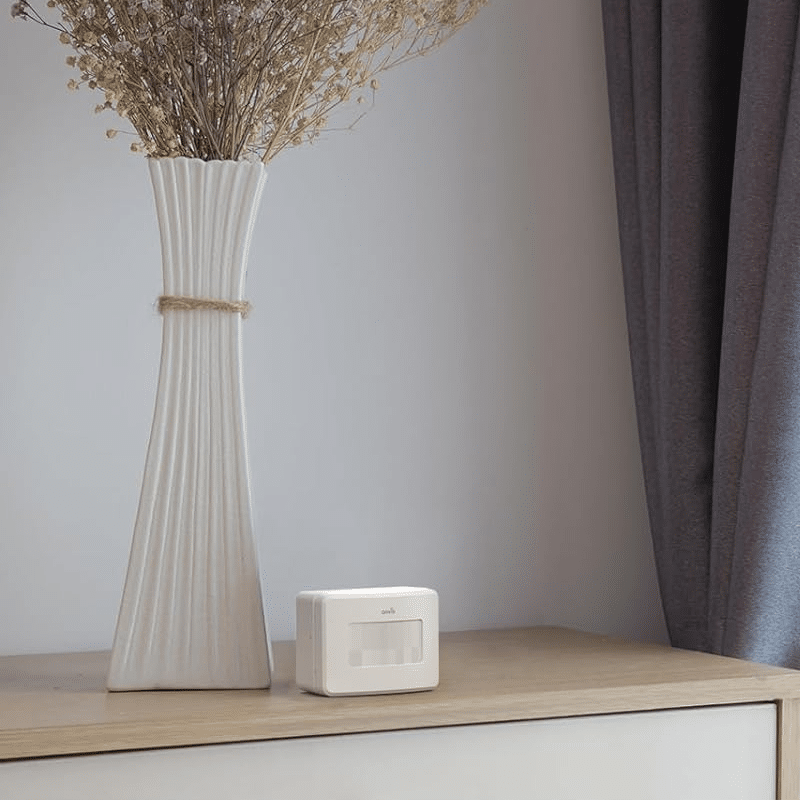
Leave a Reply